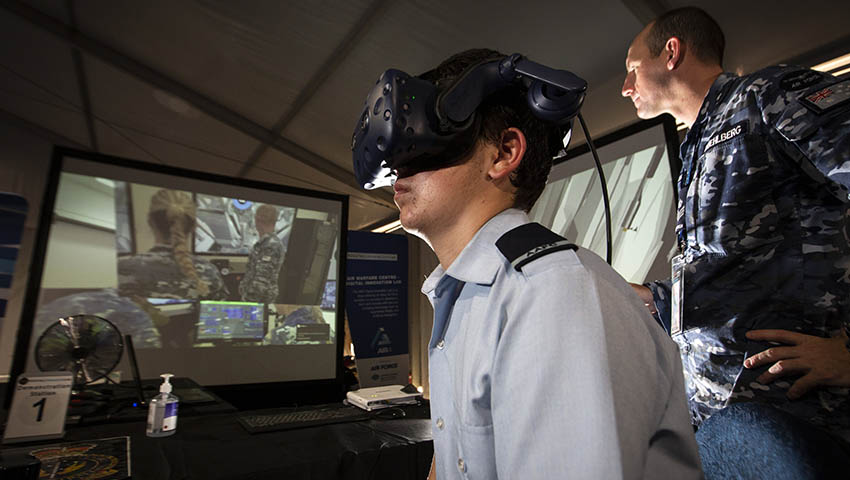Defence has released its Science, Technology, Engineering and Math (STEM) Workforce Strategic Vision 2019-2030 in Canberra as part of its celebrations marking National Science Week, and envisions a high-tech future based on skilled workforce.
Chief Defence Scientist, Professor Tanya Monro, said the Department of Defence will collaborate with industry and academia to build the high-tech workforce required to meet Australia’s future Defence and national security needs.
“These are the careers of the future and competition for people with these qualifications is fierce - it is estimated that 75 per cent of the fastest growing occupations in the world today require people with STEM skills," said Professor Monro.
“In Australia there is a growing requirement for a workforce with the necessary skills to drive innovation and ensure we remain competitive in a tough global economy.
“Defence aims to shape the national agenda in science, technology, engineering and maths studies and inspire future generations of Australians to pursue careers within Defence."
Defence is expanding its STEM cadetship program from 50 interns to 200 cadets this year, which it said will create new opportunities for students to start developing their career at Defence while undertaking their studies.
It's part of the $200 billion overall investment the federal government is pumping into Australia's defence capability, with STEM considered an important facet of that capability, to meet the government’s long-term vision to "build and develop a robust, resilient and internationally competitive Australian defence industrial base that is able to meet defence capability requirements".
The strategy focuses on four key areas:
- Engage: Improving access to information about defence industry career opportunities and increasing support for the national effort to improve the take up of STEM studies and careers.
- Attract: Providing support to defence industry businesses to grow and attract a national defence industry workforce.
- Train and retain: Encourage investment in skills and provide support to defence industry businesses to train and sustain a national defence industry workforce.
- Collaborate: Facilitate stakeholder collaboration and co-ordination, to improve longer-term sectoral understanding to better predict and address future workforce needs and to enable quicker responses to defence industry workforce needs from key stakeholders.
“If Defence is to develop a high-tech force, it needs a larger and more specialised STEM workforce of both uniformed and civilian personnel," Professor Monro said.
“It also needs a continuous and reliable pipeline of graduates with science, technology, engineering and maths backgrounds to attract and retain the best and the brightest in their fields.”



